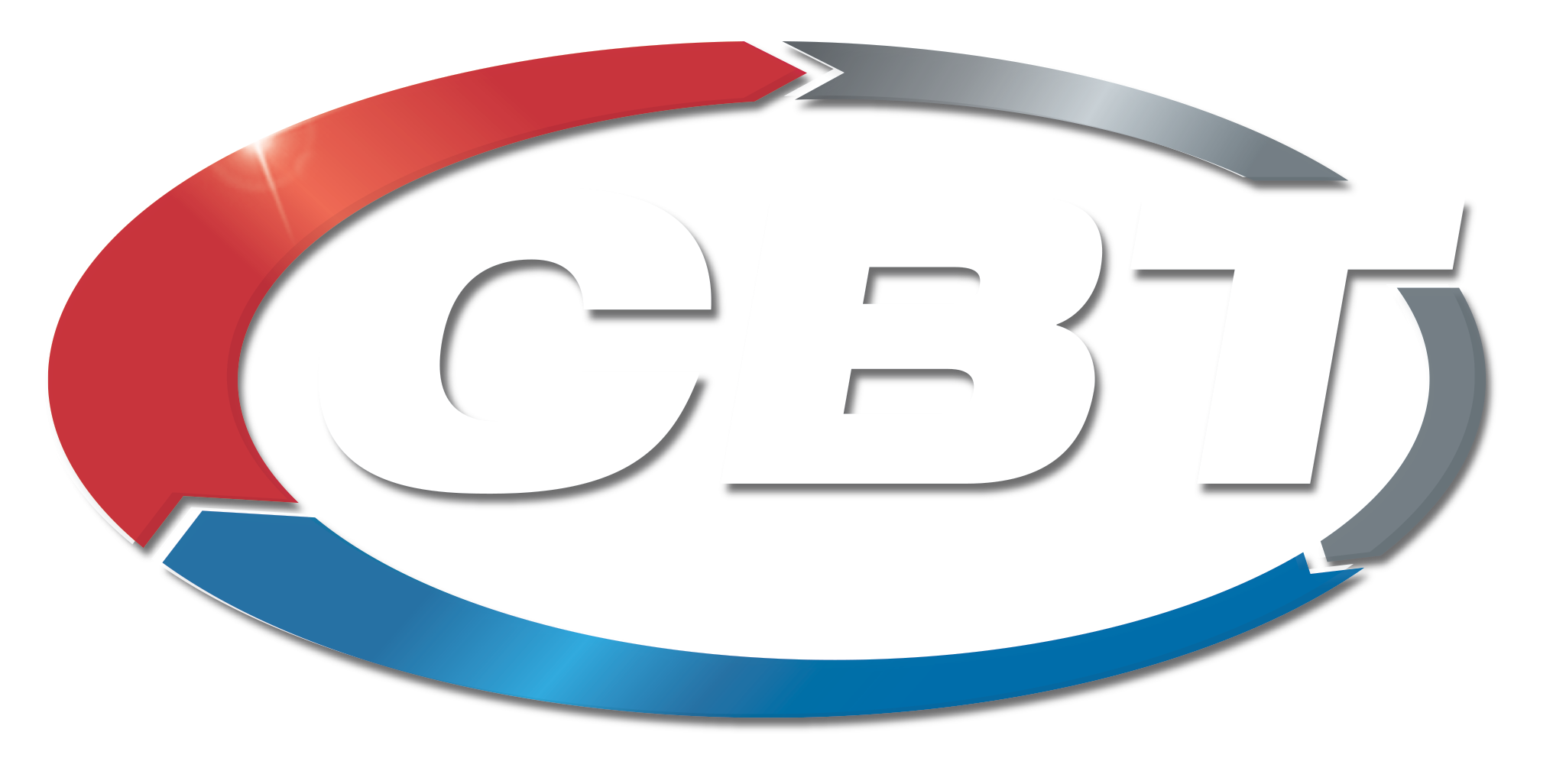Earlier this month, the CDC confirmed it was investigating an outbreak of E. coli across the Midwest, with many sick people reported eating sandwiches from a national fast-food chain. E. coli is short for Escherichia coli, which can be a harmful bacteria found in contaminated food and cause several health issues. While federal officials work to determine the origin, food safety officials say there are methods food processing plants can use to prevent future outbreaks.
Felix Dietz, a senior Food Safety Specialist with Commercial Food Sanitation (CFS), says outbreaks like this usually have a common link.
Dietz remarked food contamination issues that result in food safety outbreaks are based on decisions made or possibly not made at the food processing plant. The food processor must build a cross-functional team of empowered and motivated professionals to make sound and timely food safety-related decisions. That team’s work includes quickly eliminating contamination, restoring hygienic conditions, and preventing potentially contaminated food from being distributed to their customers. Contaminated foods and their resulting outbreaks are linked to the failure of one or more food safety-related factors, such as:
• Ignoring indicators and trends that are related to food safety
• Violation of Good Manufacturing Practices (GMPs)
• Violation of company protocols
• Not knowing product’s risk profiles and lack of validation
• Gaps within the plant’s pathogen environmental program
• Lack of timely maintenance of the facility and equipment
• Hygienic design failures that result in microbiological harborage
• Poor separation and protection of Ready to Eat (RTE) foods
• Uncontrolled reduction of sanitation, maintenance, and other cross-functional resources
• Gaps in the plant’s “food safety culture” and leadership
• Lack of knowledge in food safety, sanitation, and hygienic design
“Getting an ongoing and relevant food safety education and properly applying the knowledge is a great starting point for food processors to build and maintain a robust HACCP program in conjunction with supporting pre-requite programs like effective GMP, sanitation, and plant maintenance programs to control process-related risk,” says Dietz.
“Implementing a solid environmental monitoring program that is set up to find pathogens aggressively and fully mitigate the issue early on is another important measure to ensure the plant’s hygienic health is robustly maintained,” Dietz continues.
Dietz referred to “CFS’s Preventive Plan Continuum that is used throughout the food industry for supporting environmental pathogen control and sanitation excellence,” which uses the same principles he mentioned.
Designing processes with proper hygienic zoning to prevent cross-contamination is very important.
“Designing and commissioning food processing equipment and GMP room infrastructure using sound hygienic designs principles support effective and efficient cleaning outcomes and ultimately prevents microbiological growth in niche areas,” Dietz said.
Dietz went on to tie in the importance of partnering with an equipment manufacturer that understands hygienic design principles and can be counted on to provide services that focus on helping the food processor eliminate food safety risks while minimizing the cost associated with operating, cleaning, and maintaining the asset.
“For example, CFS’s parent company Intralox offers Food Safe solutions which include sanitary conveyor belts, components, and maintenance related tools and specific services that all focus on their customers’ conveyance, food safety, and maintenance needs.”
Dietz provided insights into Intralox Food Safe solutions by highlighting some service offerings.
“The Hygienic Conveyor Design Program is used to optimize conveyor design and performance. This mentioned service dovetails into Intralox 360 startup support service that focuses on conveyance capital projects from conception through an operational startup,” he says.
“The Intralox FoodSafe Conveyor Program is a combination of a plant’s conveyors assessment and a workshop that focuses on educating plant cross-functional employees on conveyance related food safety risk, maintenance, proper conveyor set up, and troubleshooting skills,” Dietz continued. Choosing partners to understand food safety and hygienic design will help food processors make headway faster and more efficiently.
Dietz closed with, “You really have to build a solid in-plant hygienic design team and culture to help reduce your plant’s” food safety risk.” The end goal should always promote the best designs for new projects while striving to improve upon our current legacy designs as well,” Dietz suggests. “A lot of purchased equipment will be in service for 20 plus years. It really helps if the team understands the “win-win” relationship of commissioning the best possible designs for promoting reduced sanitation and maintenance management cost while meeting current and future operational needs.”
CBT Company has its hygienic specialist in Larry Hecker for smaller scale operations, who can help smaller organizations create or implement a food safety plan. Hecker obtained his knowledge through CFS training.
Need to get your food processing plant up to compliance? Contact CBT’s Larry Hecker.












